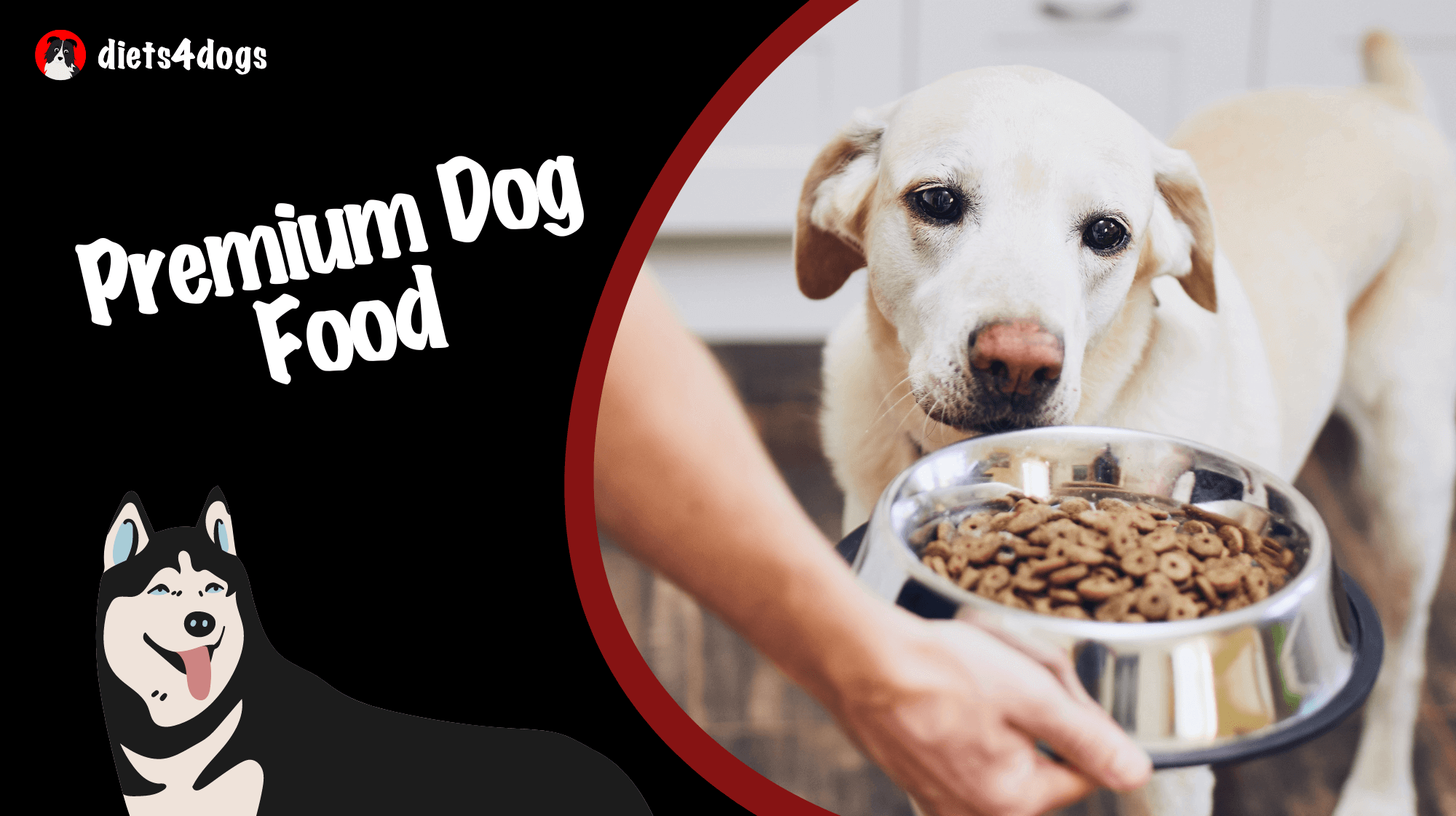Can Dogs Eat Chicken Paws
Yes, dogs can eat chicken paws as long as they are properly prepared. Chicken paws are a good source of protein and can provide additional nutrients, such as glucosamine and chondroitin, which help support joint health. Be sure to clean and cook the chicken paws thoroughly to eliminate any bacteria, and remove any small bones before feeding them to your dog.
Can Dogs Eat Chicken Paws: Nutritious and Delicious
Chicken paws, also known as chicken feet, may not be a common ingredient in your kitchen, but they can be a great treat for your furry friend. Dogs can indeed eat chicken paws, they offer several benefits and can be a delicious treat when prepared correctly. In this blog post, we’ll explore the nutritional benefits of chicken paws, how to safely feed them to your dog, and some tasty recipes to try.
Nutritional Benefits of Chicken Paws for Dogs
Chicken paws may seem like an odd choice for dog food, but they provide several essential nutrients that are beneficial for your dog’s health. Some of the nutritional benefits include:
High Protein Content
Chicken paws are a rich source of protein, which is vital for your dog’s muscle development and overall health. Protein helps to maintain their coat, nails, and support their immune system.
Joint Health Support
Chicken paws are a natural source of glucosamine and chondroitin, which are essential for maintaining healthy joints and preventing arthritis in dogs. These compounds help to support the cartilage in their joints and reduce inflammation.
Clean Teeth
Providing your dog with chicken paws can help keep their teeth clean and remove tartar buildup. As your dog chews on the chicken paw, it acts as a natural toothbrush, scraping off plaque and massaging their gums.
Preparing Chicken Paws Safely for Your Dog
To ensure your dog enjoys chicken paws safely, you need to prepare them properly. Here are some essential steps to follow:
Clean and Cook the Chicken Paws
Make sure to thoroughly clean and wash the chicken paws to remove any dirt or bacteria. Once clean, cook them thoroughly by boiling, steaming, or baking them. Cooking the chicken paws not only eliminates any harmful pathogens but also helps soften the bones, reducing potential choking hazards.
Remove Small Bones and Claws
After cooking, carefully remove any small bones and claws from the chicken paws. While larger bones and cartilage are safe for your dog to chew, small bones and claws can be sharp and pose a choking risk.
Homemade Chicken Paw Recipes for Dogs
Ready to spoil your pup with some homemade treats? Here are some easy, dog-friendly recipes featuring chicken paws:
Simple Boiled Chicken Paws
1. Place cleaned chicken paws in a large pot and cover them with water.
2. Bring the water to a boil, then reduce the heat and simmer for about 40-60 minutes until the paws are soft.
3. Remove the paws from the water and let them cool. Once cool, remove any small bones and claws.
4. Serve a cooked chicken paw as a treat, or cut into smaller pieces and add to your dog’s regular meal.
Baked Chicken Paws with Turmeric
1. Preheat your oven to 350°F (175°C) and line a baking sheet with parchment paper.
2. In a large bowl, combine cleaned chicken paws with a tablespoon of olive oil and a teaspoon of turmeric powder. Mix well to evenly coat the paws.
3. Arrange the chicken paws on the lined baking sheet and bake for 40-45 minutes until they are tender and golden brown.
4. Allow the paws to cool, then remove any small bones and claws before serving.
Remember, moderation is key when it comes to feeding your dog chicken paws. Always monitor your dog while they’re enjoying this treat, and consult with your veterinarian if you have any concerns or questions.
Knowing the Risks: Precautions and Potential Issues
As with any new treat or food addition to your dog’s diet, it’s essential to be informed about potential risks and issues. Below are a few precautions to be mindful of when feeding your dog chicken paws:
Choking Hazards
Though chicken paws, when cooked properly, are generally considered safe for dogs, ensure you always supervise your pet while they nibble on this treat. Smaller bones and fragments can prove to be a choking hazard, especially for smaller dogs. Make it a point to meticulously remove small bones and claws before serving the chicken paws.
Caloric Intake
While chicken paws can be a great source of nutrition for your dog, they can also contribute to an increase in calorie consumption. As a responsible pet owner, it’s important to monitor your dog’s caloric intake and adjust their diet accordingly. Moderation is crucial, and chicken paws should be given as occasional treats rather than regular meal additions.
Allergies and Sensitivities
Some dogs may have difficulty digesting chicken or may be allergic to it. If you’re introducing chicken paws into your dog’s diet for the first time, start with small portions and monitor your pet for any signs of discomfort, allergic reactions, or digestive distress. In case of any adverse reactions, discontinue feeding chicken paws immediately and consult with your veterinarian for professional advice.
Proper Storage and Handling of Chicken Paws
How you handle and store chicken paws can significantly impact their safety for your dog. Here are some guidelines to ensure proper storage and handling:
Refrigerating and Freezing
Chicken paws can be stored in the refrigerator for up to two days. If you need to store them for a more extended period or want to buy in bulk, freezing them is your best option. Make sure to wrap them in plastic wrap, aluminum foil, or freezer-safe bags to prevent freezer burn. Chicken paws can last up to six months in the freezer.
Thawing Frozen Paws
When it’s time to thaw frozen chicken paws, always follow the “low and slow” method to ensure food safety. You can either thaw them in the refrigerator, in cold water, or by using your microwave’s defrost function. The refrigerator method is the safest, but it can take up to 24 hours. Once thawed, cook them immediately or store them in the refrigerator for no longer than two days.
Cooked Chicken Paw Storage
After cooking chicken paws, store any leftovers in an airtight container and refrigerate. Cooked chicken paws can be safely stored in the refrigerator for about three to four days. You can also freeze the cooked paws and reheat them as required, but make sure to use a microwave or steamer to prevent them from becoming too dry and brittle.
Frequently Asked Questions About Chicken Paws for Dogs
Here are some frequently asked questions about feeding chicken paws to your dogs with detailed answers to address your concerns and help you make an informed decision for your canine companion.
1. Can dogs eat cooked chicken paws?
Yes, dogs can eat cooked chicken paws. In fact, it’s essential to cook the chicken paws to kill any harmful bacteria and soften the bones. You should never serve raw chicken paws to your dog.
2. How often can I give my dog chicken paws?
Chicken paws should be given as occasional treats and not as a regular part of your dog’s diet. Feeding chicken paws in moderation can help prevent excessive calorie intake and maintain a balanced diet for your dog.
3. Are chicken paws safe for small breeds?
Chicken paws can be safe for small dog breeds, as long as you properly prepare them by cooking and removing any small bones and claws. However, always supervise your dog while they eat chicken paws, regardless of their size, to prevent choking hazards.
4. Can I use chicken paws as a substitute for joint supplements?
Chicken paws do contain glucosamine and chondroitin but should not replace any supplements recommended by your veterinarian. If your dog requires joint supplements, consult your vet about incorporating chicken paws as an additional source of joint support.
5. Do chicken paws contain any harmful substances for dogs?
Chicken paws do not naturally contain any harmful substances for dogs. However, it’s vital to source them from reputable suppliers and ensure proper handling, storage, and cooking practices to prevent bacterial contamination or spoilage.
6. Can my dog eat chickens paws with added seasoning?
It’s best to avoid seasoning, as some spices and seasonings can be harmful to your dog. Stick to plain, cooked chicken paws or use dog-safe seasonings in moderation, such as turmeric or other vet-approved options.
7. Can dogs eat chicken paws with toenails?
No, it’s essential to remove the toenails before feeding your dog chicken paws. The sharp toenails can cause choking hazards or injure your dog’s mouth and intestinal tract. Always remove toenails, small bones, and claws to ensure safety.
8. Are chicken paws suitable for puppies?
Chicken paws can be given to puppies as an occasional treat, but it’s crucial to supervise them and ensure the paws are properly cooked and prepared. Consult with your veterinarian for specific advice on introducing chicken paws to your puppy’s diet.
9. Can dogs be allergic to chicken paws?
While uncommon, some dogs may have an allergy or sensitivity to chicken. Monitor your dog closely when introducing chicken paws, and if you suspect an allergic reaction, discontinue feeding them and contact your veterinarian for advice.
10. How do I know if my dog has a choking hazard with chicken paws?
Always supervise your dog while they enjoy their chicken paws. Choking hazards can be minimized by removing small bones, claws, and toenails, and monitoring your dog for signs of discomfort, such as excessive coughing, gagging, or pawing at their mouth. If you suspect a choking hazard, contact your veterinarian immediately.












